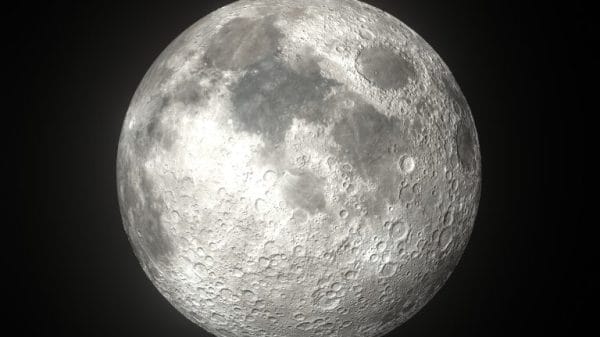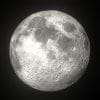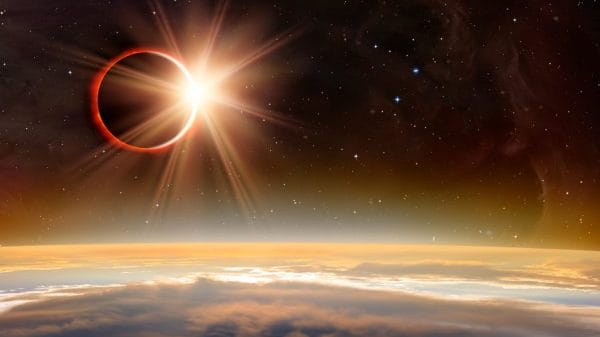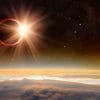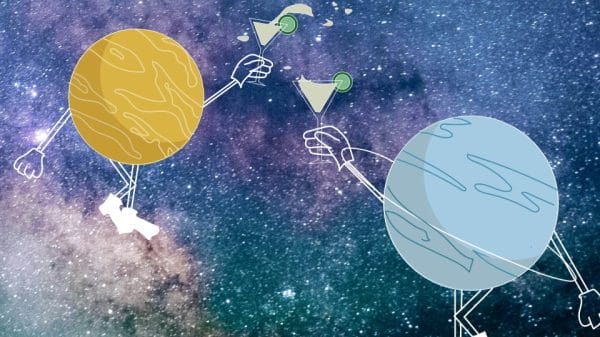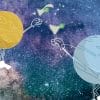Efforts and funding for astornomical research has been a priority in the field of science for years, and has yielded incredulous results and findings one after another. The most recent mindblowing discovery was made only two weeks ago on Novemeber the 5th when the NASA Voyger 2 released in 1977, finally travelled beyond the protective wall of the heliosphere created by the Sun in our solar system and joined its predecessor Voyager 1 who had made this crossing in 2012.
This is only the second time in history that a voyager has passed the end of our Sun’s environment, and because Voyager 2 carries an instrument that measures plasma which its sister probe lacks due to damage made to it in 1980, a clearer picture of interstellar space can be developed with the new finidings produced.
This achievement has, not surprsingly, aroused great excitment in the field of astronomical study and five new reserach papers on the data recovered by Voyager 2 have already been publsihed. Though the Voyager 2 hasn’t yet entered absolutely undisturbed interstellar space, the technical apparatus it holds has been able to detect ways in which the sun interacts with substances that the parts of space between stars in the Milky Way is comprised of.
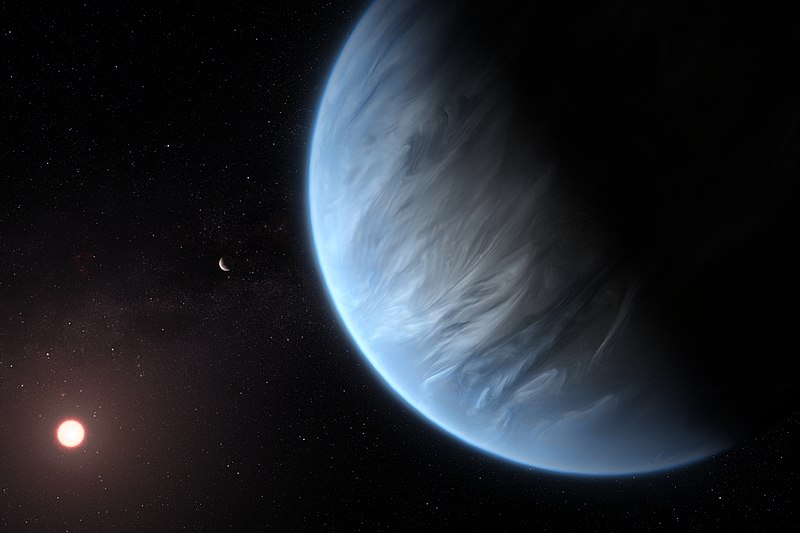
The questions Voyager 2 has been able to answer with exiting the heliospheric bubble however, have been balanced by the equal multitude of questions created witht the new information that, incredulously, opposes some of the numbers reported back by Voyager 1, although they are currently located at similar distances from the wall.
It has been estimated that the two probes will experience significant decreses in energy levels in the next two years, but their trejectroies will continue even after they are silenced, and the Voyagers will orbit around this area for billions of years to come.
For more information about the astouding work of NASA follow up on the article ‘Need Space? Follow NASA’s instagram page right now’.









